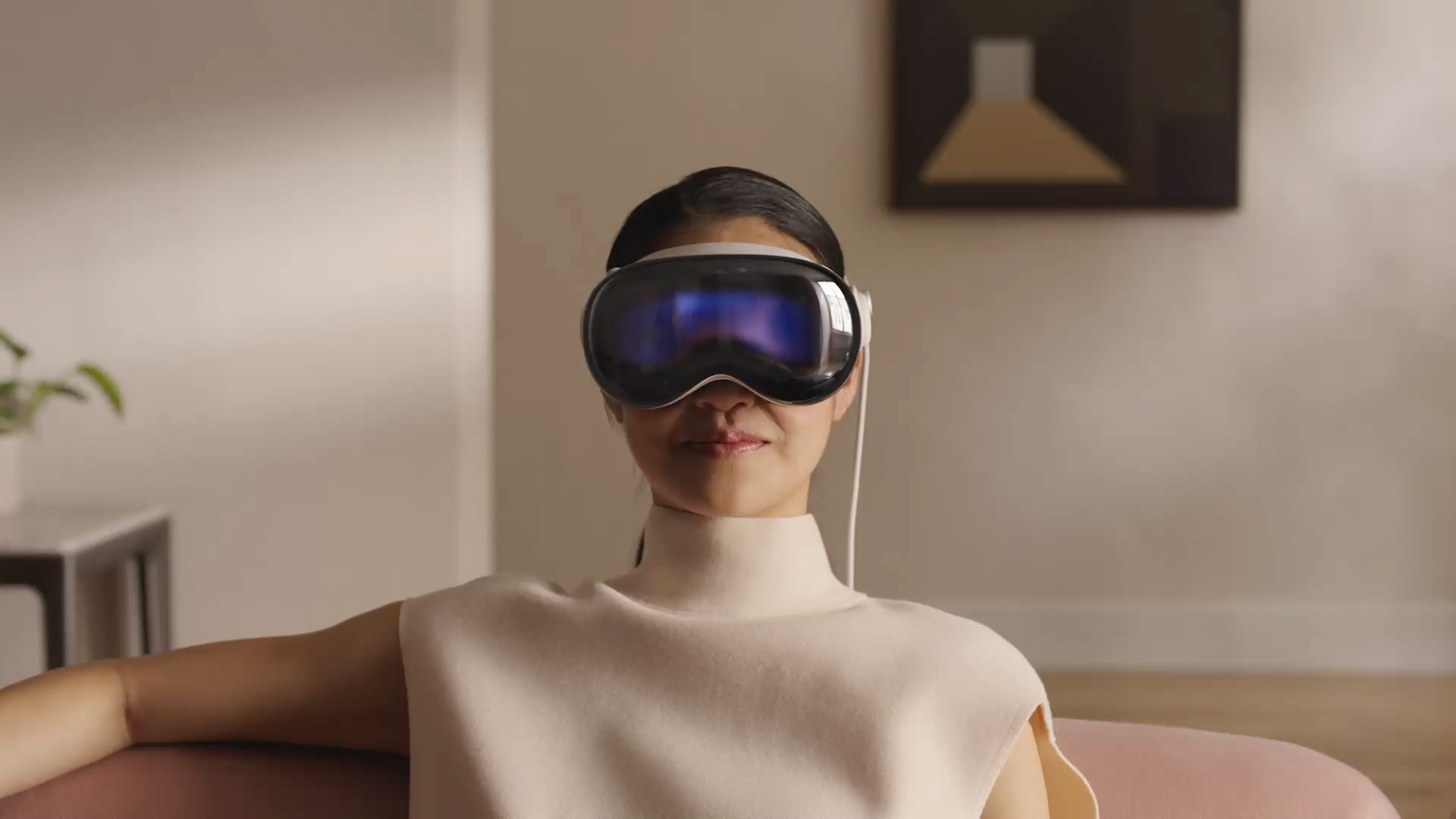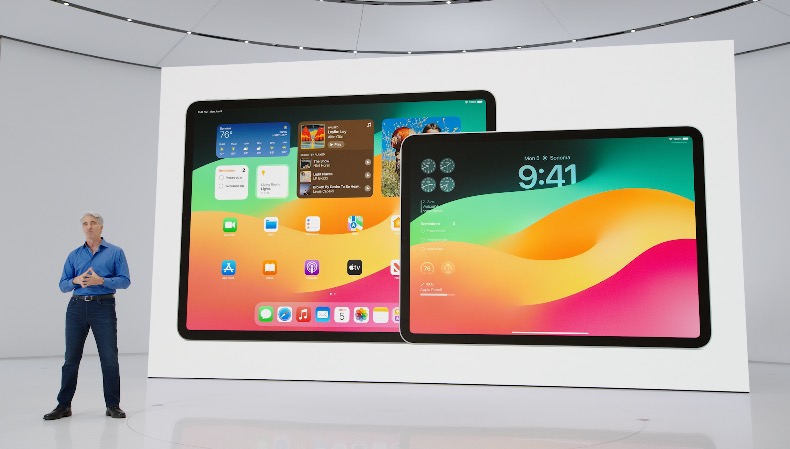
Apple Studied Annie Leibovitz’s Work During Camera Development Process
Apple’s brand-new iPhone 8 Plus and iPhone X are home to advanced cameras featuring new technology called Portrait Lighting, which uses complicated algorithms allowing users to calculate how a subject’s facial features interact with the light surrounding them. It’s an entirely new technology in a smartphone camera.

According to a new story from John Paczkowski on BuzzFeed, the data collected from the Portrait Lighting feature is used to create lighting effects, such as Studio Light, Contour Light, Natural Light, and Stage Light.
Paczkowski writes that Apple studied the work of several artists and portrait photographers, including Johannes Vermeer and Annie Leibovitz, on their use of lighting throughout art history.
“If you look at the Dutch Masters and compare them to the paintings that were being done in Asia, stylistically they’re different,” said Johnnie Manzari, a designer on Apple’s Human Interface Team. “So we asked why are they different? And what elements of those styles can we recreate with software?”
With the information the company gathered from its research, it spent hours upon hours utilizing light in a photography studio, shining light on subjects from countless angles, and used the results in its camera development process.
“We spent a lot of time shining light on people and moving them around — a lot of time,” Manzari continued. “We had some engineers trying to understand the contours of a face and how we could apply lighting to them through software, and we had other silicon engineers just working to make the process super-fast. We really did a lot of work.”
Apple is well aware that it is responsible for creating one of the best smartphone cameras on the market, but it also wants to ensure that anyone can pick up an iPhone and take professional-level photographs.
“It’s all seamless; the camera just does what it needs to,” said Apple’s marketing chief Phil Schiller. “The software knows how to take care of it for you. There are no settings.”
Both the iPhone 8 Plus and iPhone X cameras have been largely upgraded, now featuring larger, faster dual-lens sensors, deeper pixels, and new color filters. Additionally, the iPhone X is home to optical image stabilization for both telephoto and wide-angle lenses.
Earlier today, DxOMark called the iPhone 8 camera the best smartphone camera they’ve ever tested.

